Timing Belt replacement tends to be an expensive exercise that appears to make little difference to how a car runs, although failure and trying to live without it might prove impossible. Therefore, Rob Marshall advises that the outlay is both worthwhile and essential.
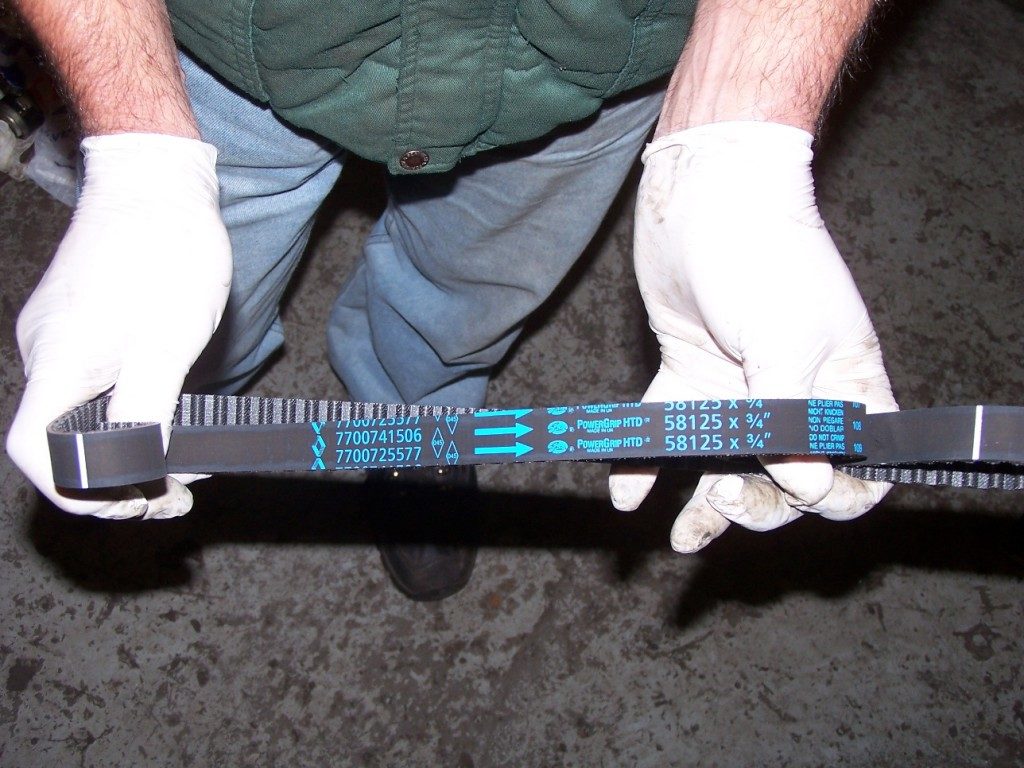
WHAT IS A TIMING BELT?
As comedians tell us, timing is everything – advice that is equally pertinent for an engine, the internal parts of which are kept millimetres apart, often while rotating at high speed, which demands a precise degree of synchronisation.
Many years ago, chains were employed to transmit motion between the engine crank and camshafts but these tended to be located within the engine, because a supply of oil was essential to reduce wear. From the 1970s, many carmakers replaced their chains gradually, although some of them are now reverting, with toothed belts, called either camshaft or timing belts, which are lighter and quieter in operation. However, not only do they require routine replacement but they can also fail suddenly and without warning, unlike the old chain types, which would become noisy as they stretched and wore out. Some manufacturers have continued using timing chains that are intended to last the life of the engine, even though some types do not.
Typical causes of timing belt failure vary from old age to contamination by an adjacent oil or water leak. Bad fitting, such as either under- or over-tightening a new belt, can cause it to fail prematurely, as can failure of neighbouring components.
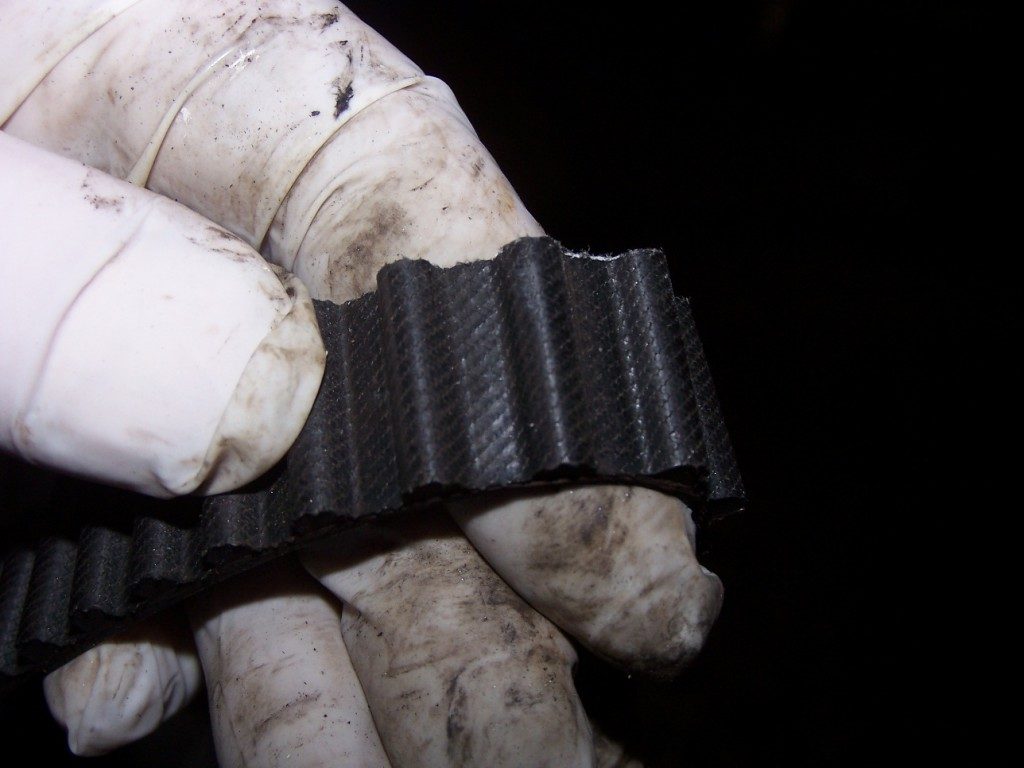
Timing belts do not tend to snap – it is more common for the belt’s teeth to experience stress cracks at their roots, prior to becoming detached.
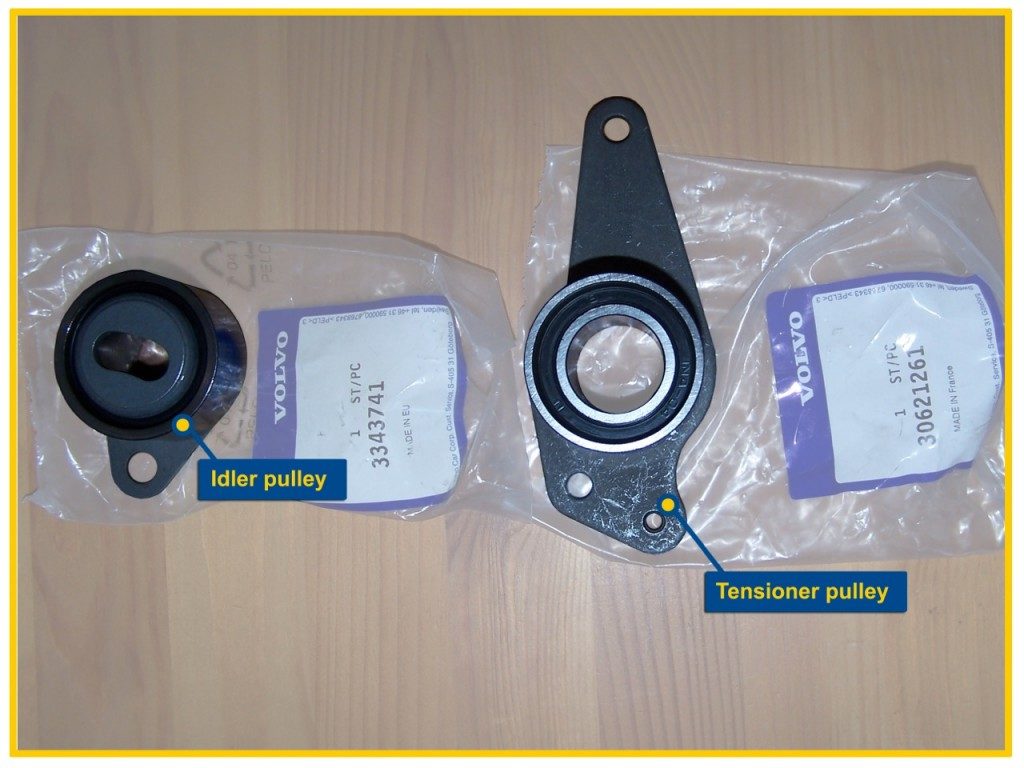
With a full timing belt change, additional parts will be required and you should budget for them accordingly.
TIMING BELT REPLACEMENT
The timing belt tends to operate other components, the condition of which affects the belt’s life. Excessive slack may be compensated for by one or two tensioners and idlers. Over time, their bearings may dry out, causing a squeak that should be heeded. In some cases, idlers and tensioners can seize, throwing the timing belt from its pulleys and causing extensive damage to the engine, with bent valves and even holed pistons resulting. So, if your car is either over seven years-old or has covered more than 60,000 miles, it is advisable to replace the tensioners and idlers as well as the belt at the appropriate interval.
Many engines also utilise the timing belt to drive the water pump, which can also seize with the same consequences as failed tensioners, so you should not think that your garage is profiteering by suggesting that the water pump needs to be replaced as well. If you suspect leakage, which can be evident by a pool of engine coolant emanating from within the timing belt cover, budget for imminent replacement of both the pump and the timing belt.
Some engines are worse than others at suffering from water pump degradation but the general advice is to replace it at every second cam-belt change.
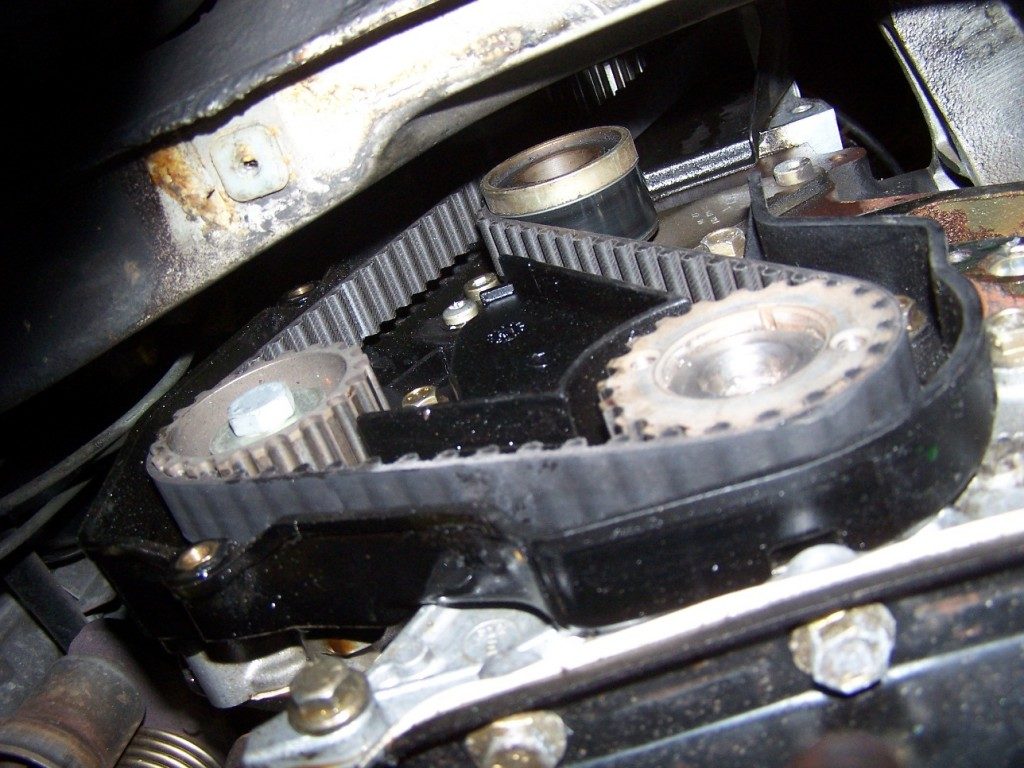
Timing belts tend to bear against at least one tensioner and idler, plus at least two pulleys or more.
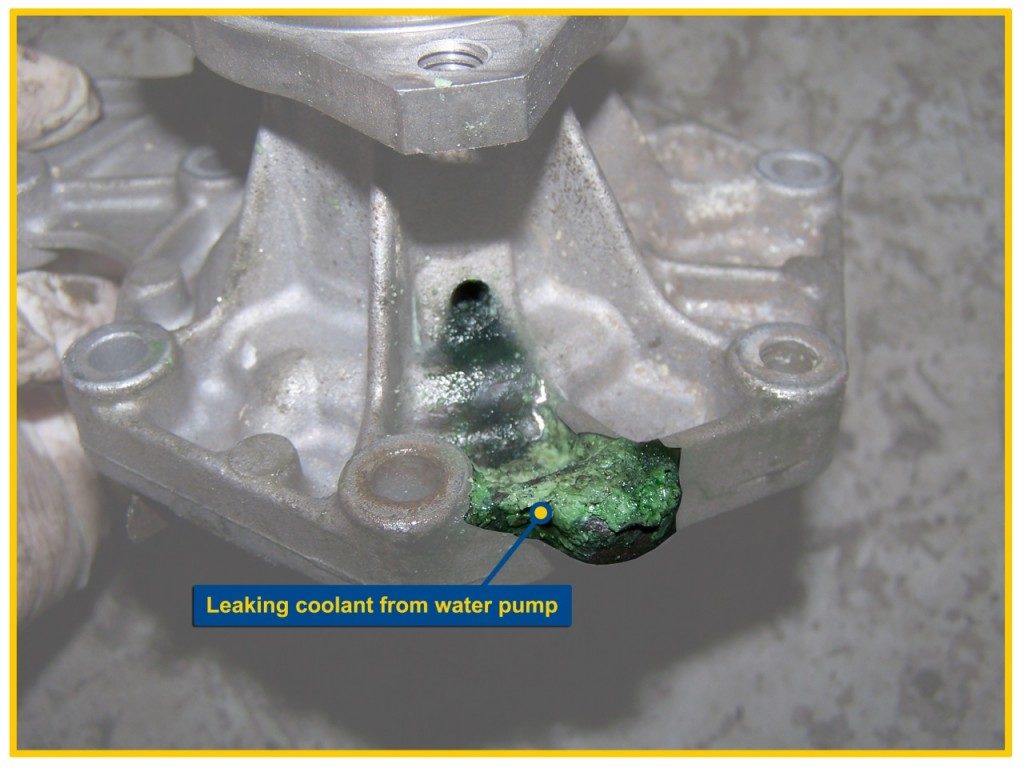
If your timing belt runs the water pump, check for any pools of coolant that may collect beneath the car when it is stationary. The staining on this pump body proves it had been leaking for some time, meaning that a replacement was necessary.
WHEN SHOULD I REPLACE THE TIMING BELT?
Most car manufacturers specify time and mileage intervals but these stipulations are for whatever arrives first. If your car is ten years-old but has only covered 10,000 miles and the manufacturer’s interval is 10-years or 100,000 miles, do not try to eke out the belt’s life further, because the belt deteriorates with the passing of time.
Some technicians are skeptical of specific manufacturers’ intervals, due to certain models experiencing timing belt failure prior to the interval being reached. Therefore, seek the advice and experience of a skilled technician.
Worn timing belts tend to fail at sudden engine speed changes, such as moving off, changing gear, or revving the engine in neutral. As diesel cars have their emissions tested during an MoT Test, by the engine being revved to its maximum speed, an examiner may enquire if the timing belt has been changed recently. If the belt breaks during the test, causing serious engine damage, the garage will not be held liable.
WHAT WILL A TIMING BELT CHANGE COST ME?
The good news is that timing belts, tensioners and even water pumps tend to be inexpensive. Unfortunately, because extensive dismantling is often required to reach these parts, the labour charge is likely to be far greater than the combined cost of the individual parts. As a result, it is worthwhile shopping around garages in your locale for the most competitive quotation.
However, should your car have oil or water leaks that emanate from the timing belt region, budget to have them repaired at the same time. Crank and camshaft oil seals tend to be accessible, once the timing belt is removed, therefore it is worth having leaky items replaced, while the technician has access to them.
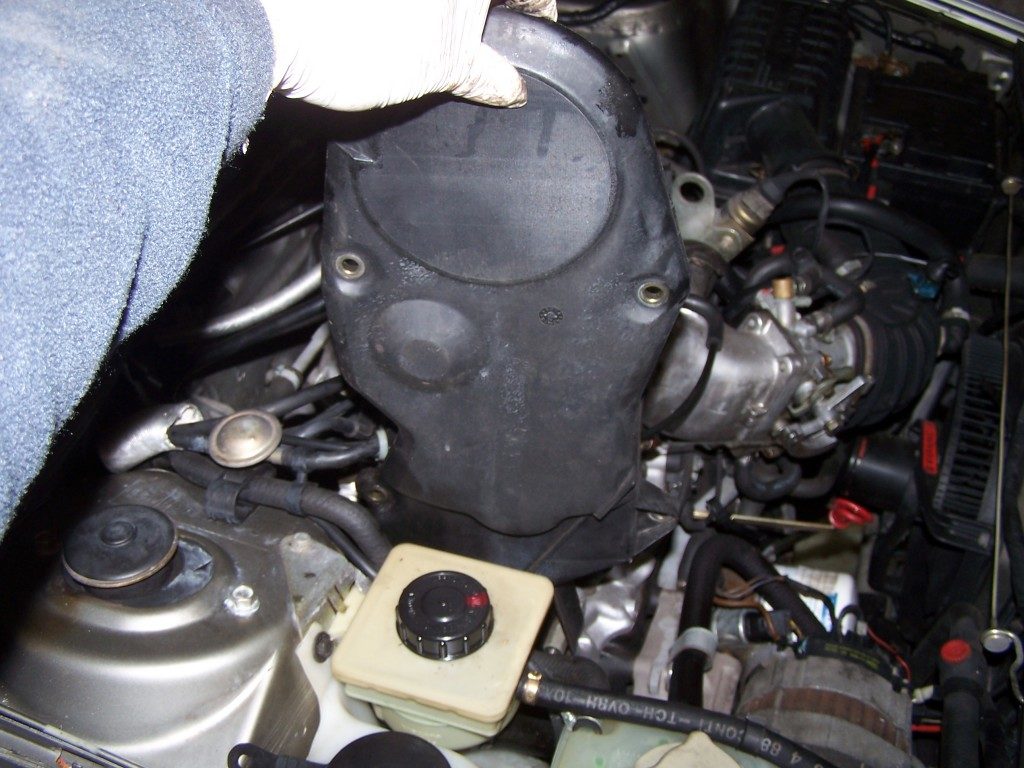
Most cars tend to need the removal of many parts, in order for the technician to gain access to the timing belt and its ancillaries.
It is false economy not to resolve any oil leaks, such as this camshaft seal, while the timing belt is removed.
WHAT ARE THE COSTS OF A BELT BREAKAGE?
In an interference-type engine, timing belt failure usually causes the pistons to collide with the inlet and exhaust valves. At the very least, the valves will be bent and a technician will need to remove the engine’s cylinder head to replace them.
In some cases, pistons can be holed, cylinder heads can be damaged and camshafts can be broken. To repair a severely damaged modern engine, the cost will be in excess of several thousands of pounds and a full replacement unit may prove to be the most economical solution.
In many cases, a driver will not notice any difference in the car’s performance after a timing belt change but, fortunately, most people realise that the extra peace of mind is well worth the additional periodic outlay.
Source: Motoringassist
